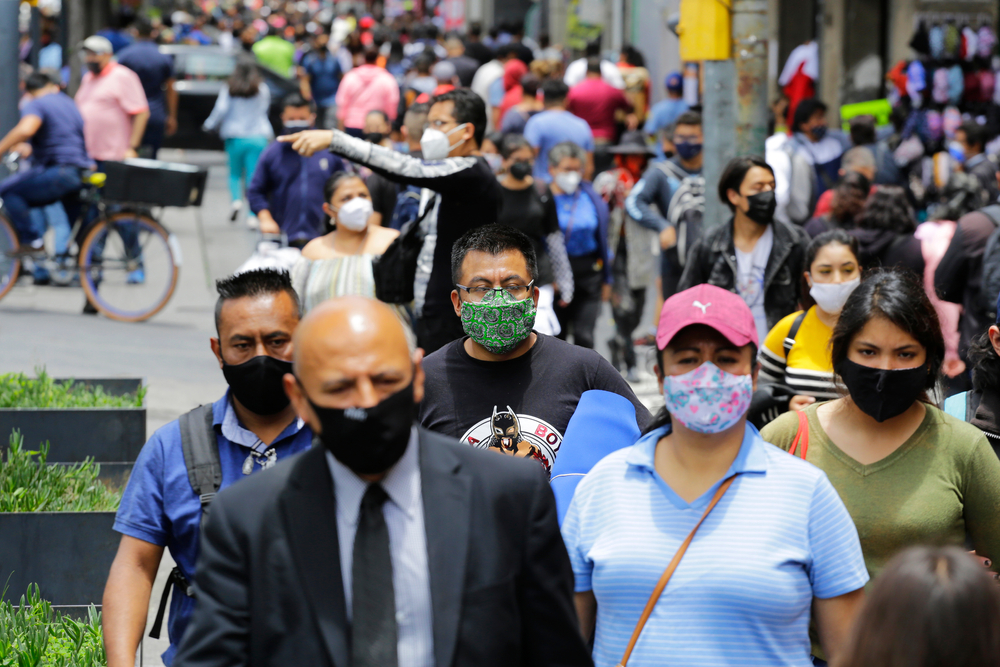Recent estimates from the United Nations suggest that the number of inhabitants in Latin America and the Caribbean will grow from 439 million to 749 million over the next 50 years. Plus, behind Brazil, Colombia is set to leapfrog Mexico as the region’s second-most populous country.
Though the trend is occurring at a slower pace than previously imagined, more and more people are living in urban areas. In 2000, the world had 371 municipalities with more than 1 million residents; in 2018, there were 548, and there should be 706 by 2030.
In Latin America and the Caribbean, UN projections point to 600 million people living in cities — or 83.6 percent of the total population — by 2030. Today, 81 percent of Latin Americans live in urban areas.
Meanwhile, there were 10 ‘megacities’ — urban agglomerations with more than 10 million inhabitants — in 1990, jumping to 33 in 2018. By 2030, the UN expects a total of 43 around the world.
There are currently four megacities in Latin America: São Paulo, Mexico City,...


 Search
Search






































